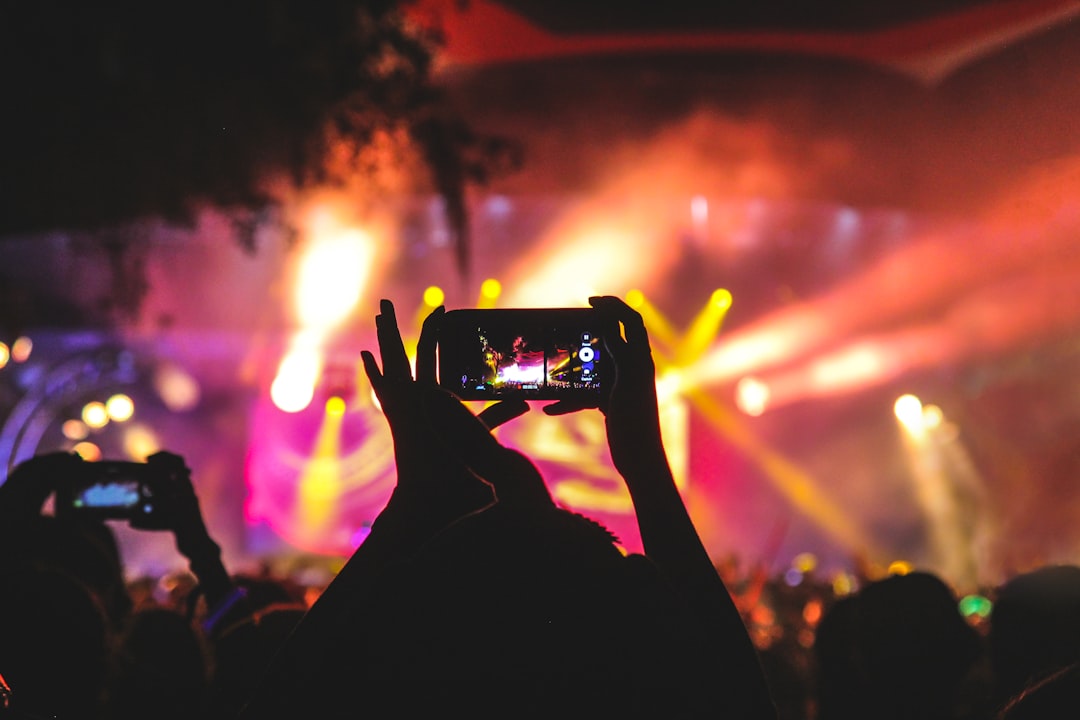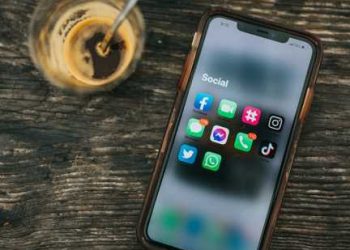Social media has become an integral part of our daily lives, shaping public perception in various aspects. With the rise of social media platforms such as Facebook, Twitter, Instagram, and LinkedIn, people are increasingly turning to these platforms to stay informed, share their opinions, and connect with others. In this blog post, we will explore the role of social media in shaping public perception and how it has influenced our society in both positive and negative ways.
One of the key ways in which social media shapes public perception is through the dissemination of news and information. With the advent of social media, news spreads faster than ever before, reaching millions of people within seconds. This has revolutionized the way we consume information, as we no longer have to rely solely on traditional media outlets such as newspapers and television networks. Instead, we can get real-time updates on breaking news events, trends, and developments from our social media feeds.
However, the speed at which news travels on social media has also led to the spread of misinformation and fake news. With the rise of clickbait headlines and sensationalistic content, it can be difficult to discern what is true and what is not. This has led to the proliferation of conspiracy theories, misinformation campaigns, and fake news stories that can shape public perception in a negative way.
Social media also plays a crucial role in facilitating public discourse and dialogue. Platforms such as Twitter and Facebook have become virtual town halls where people can express their views, engage in debates, and connect with others who share similar interests. This has democratized the public sphere, giving a voice to individuals who may have been marginalized in traditional media outlets.
However, the echo chambers created by social media can also lead to the polarization of public opinion. People tend to follow and engage with others who share similar views, leading to the reinforcement of existing beliefs and the exclusion of dissenting voices. This can lead to the formation of filter bubbles, where people only see information that confirms their pre-existing biases, leading to a narrow and distorted view of the world.
In addition, social media has become a powerful tool for activism and social change. Movements such as #BlackLivesMatter, #MeToo, and #ClimateStrike have gained momentum and visibility through social media, mobilizing millions of people around the world to take action on important social issues. Social media has allowed marginalized communities to amplify their voices, raise awareness about injustices, and hold those in power accountable.
However, social media activism also has its limitations. While social media can raise awareness and spark conversations, it is often criticized for promoting slacktivism – surface-level engagement that does not translate into real-world action. Clicking “like” or sharing a post may make people feel like they are making a difference, but true social change requires sustained effort and commitment beyond the confines of social media.
Overall, social media plays a crucial role in shaping public perception in today’s digital age. It has revolutionized the way we consume news, engage in public discourse, and participate in activism. However, social media also has its drawbacks, such as the spread of misinformation, the polarization of public opinion, and the promotion of slacktivism. As we navigate the complex landscape of social media, it is important to critically evaluate the information we consume, engage in meaningful dialogue with others, and take concrete actions to create positive change in our society.












